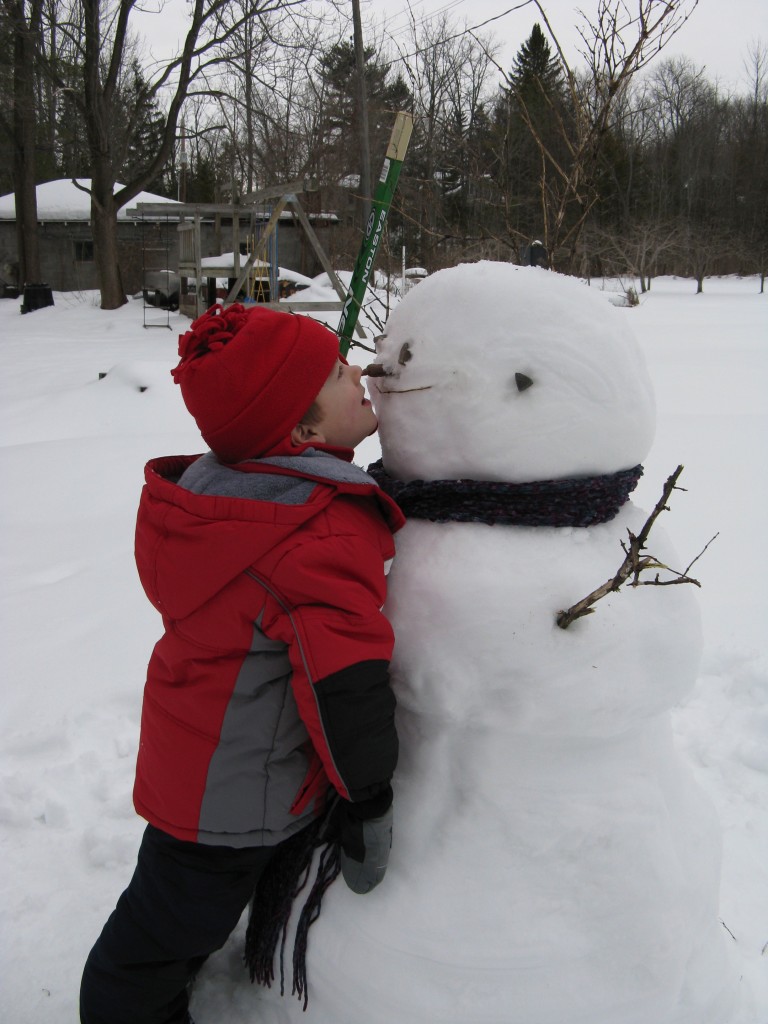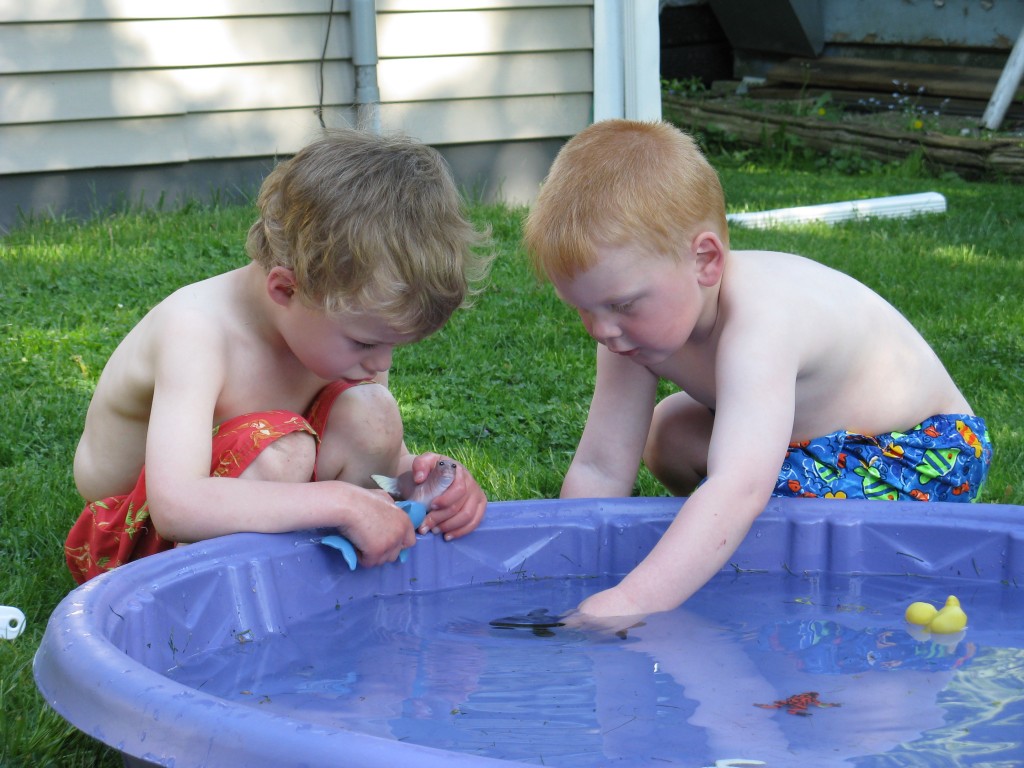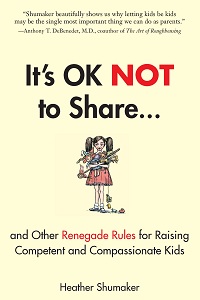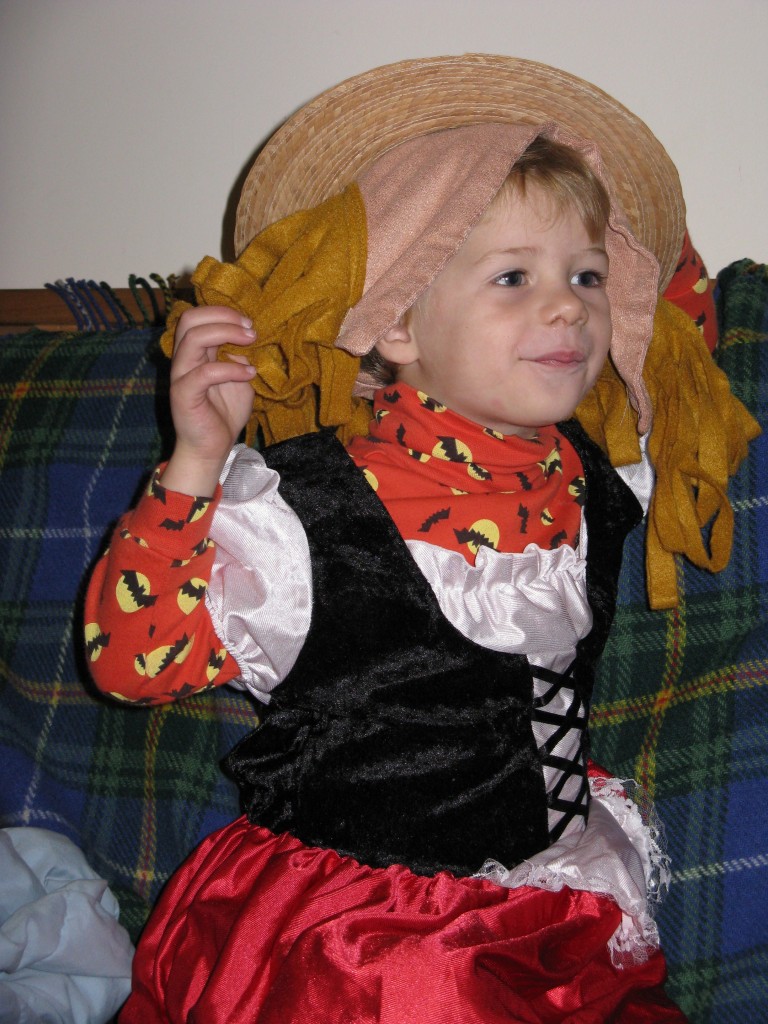Why Less School is Good
It's another Snow Day for our local schools today. A day of universal rejoicing around here. Of course, unexpected Snow Days add inconvenience for adults. For me, that means scurrying to reschedule interviews and arrange last minute sitters, but most of all I feel relief. My kids now have the Gift of Time.
Time to pursue their own ideas. Time to follow passions and whatever's most fascinating to them right now. Time to be themselves. Time to Play. And for me, a Snow Day is also an emotional day off. It means I can give the kids what they most need without bucking the system.
I'm a proponent of short school days. I believe some school is good, just not too much. Kids have so much learning to do that is truly self-directed. What they most desperately need from us adults is TIME. Time without schedules, time constraints, demands and commands. Time guided only by daily cycles of sleeping, waking, eating and family chores.
I know short school days work. My high school had only 4 regular school days. Wednesdays were internships and time off. My elementary school had 3 recesses. Morning recess, afternoon recess plus an hour at lunch. With a six hour school day, that meant class time was only four hours.
Do you know the work of Peter Gray? He beautifully explains the benefits of children's play. How telling, as he says, that people cry cruelty when we do experiments on animals to deprive them of play, yet for the last 50 years we've been doing a massive experiment of systematically depriving our children of play. It makes me shudder.
Standing up for the right to play takes courage. It means skipping team sports. It means adjusting adult work schedules and income. It means purposefully taking children out of school some days and saying no to homework. It means partnering with teachers and having those difficult conversations. It means letting your child go to the park alone.
As Mark Twain said: "Never let formal education get in the way of your learning."
For us, it also means celebrating Snow Days.
Read more about the social, emotional and moral value of play in Peter Gray's work. Find more of play's benefits and ways to preserve play in "Don't Steal Play" the opening chapter of It's OK Not to Share or read reviews.



